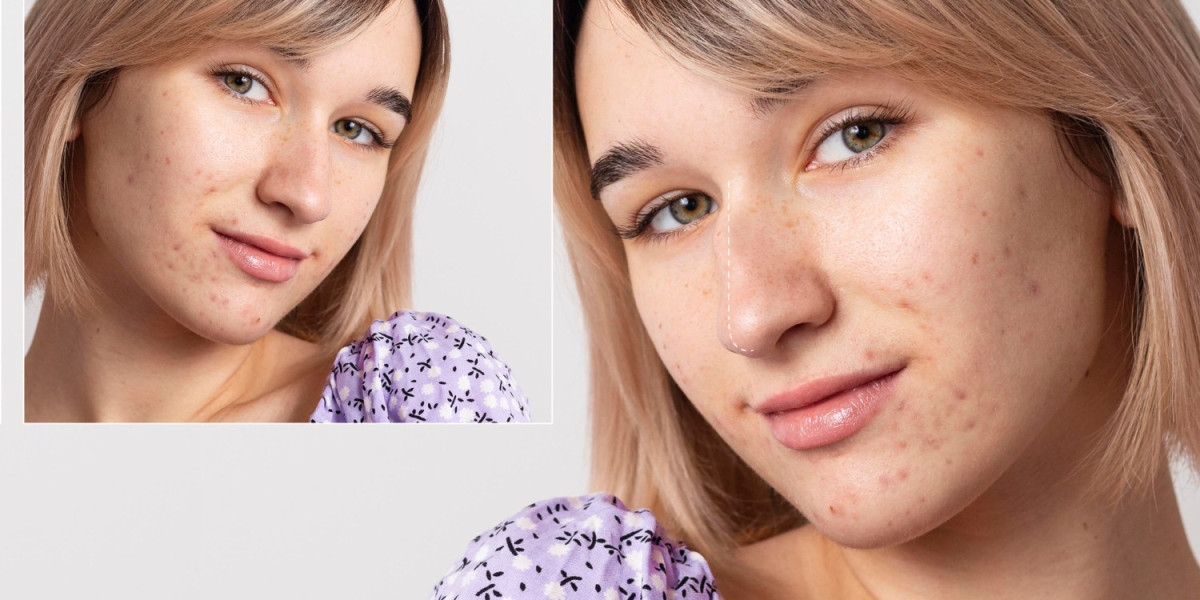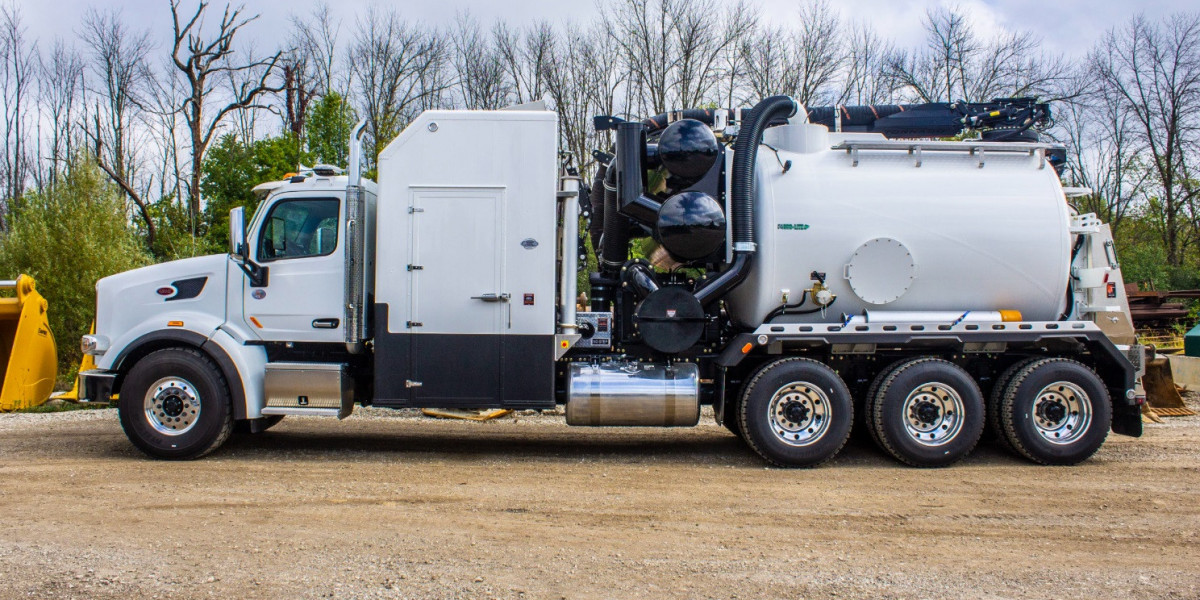Boxcar scars are a type of scar which is identified by their widespread depressions, often large enough to resemble a square, on the skin's surface. They can sometimes impact self-confidence and drag it down in people who might go through them. Lucky for us, modern dermatology has various treatments meant to reduce the appearance of scars so that smoother, more evenly textured skin can be maintained. In this article, we will explore what are boxcar scars before-and-after , general methods of treatment, as well as impressive effects that prove the effectiveness of the treatments.
What are boxcar scars?
These occur after tissue loss secondary to intense inflammatory processes or a form of acne characterized by great, rounded, or oval depressions in the skin. This form of scarring has quite definite edges with sharp ends. Nevertheless, this type tends to be larger than the rolling scar and the ice pick scars; the rolling one sloping along one side, whereas ice picks are long and thin depressions with sharp pointed bottom and base. Mostly on cheeks and jaw lines.
Understanding Boxcar Scar Treatments
Treatments on boxcar scars have to be tailored because no two individuals are alike, and there is no one-treatment-fits-all deal. Some of the best treatments available and utilized for minimizing boxcar scars include:
1. Chemical Peels
This is a process where a chemical solution is applied on the skin that acts as an exfoliating agent and encourages new layers to grow. Medium and deep peels are the treatments of choice for boxcar scars. These penetrate the middle layers of the dermis in order to stimulate more collagen production. The effectiveness of this treatment is to be measured in terms of smoothing of the skin texture along with the reduction in the depth of the boxcar scar in several sessions.
2. Microneedling
Microneedling is a procedure where the skin has micro-injuries made with a device using very small needles. This will trigger the body's natural healing process, stimulating more collagen production. Thus, this can help boxcar scars to significantly fade by filling in scar depressions through new skin formation. Microneedling may be used alone or combined with radiofrequency (RF) for better results.
3. Laser Resurfacing
Laser resurfacing is performed with treatments such as fractional CO2 or erbium lasers. The treatment is done by deeper penetration of the laser to stimulate collagen. This has been shown to be effective in resurfacing the skin by smoothing the scarred area over time, depending on the sessions.
Fractional lasers create microscopic channels in the skin, with stimulation of collagen synthesis in the area, yet leaving adjacent areas intact to heal much faster.
4. Dermal Fillers
For superficial boxcar scars, dermal fillers immediately give results. Hyaluronic acid-based fillers injected into the scar can lift and smoothen the skin surface, and temporarily make the scar not as noticeable. However, fillers usually give short-term improvement, which may range from a few months up to a year, depending on the filler used.
5. Subcision
Subcision is a minor surgical procedure whereby a needle is used to break the fibrous bands that pull the scar downward and create depression. With the bands released, the skin starts to rise and balance with the surrounding area. Often, subcision is performed in combination with other therapies like laser or fillers in order to enhance the effects on boxcar scars.
Real Transformations: Before and After Results
No doubt speaks louder than real results! Here's what you can expect from these treatments:
Chemical Peels: After a few moderate to deep peels, one can see a more even complexion with lessened depths of scarring. However, results tend to vary. For someone who has moderate boxcar scars, one could see noticeable improvement.
Microneedling: Patients begin to note improvements within a few treatments, where scars appear to be shallower and the texture of the skin appears to be smoother. The more time that passes, the scar can be dramatically lessened.
Laser Resurfacing: Some of the greatest improvements occur with this therapy. Patients comment that the skin feels smoother, more renewed, and they can perceive a marked decrease in the depth of scars after a series of treatments. Results generally remain for a long period and typically improve over time due to the ongoing building of collagen.
Dermal Fillers: Fillers can instantly give the skin a smoother look. Although temporary, fillers are a good option for those who require an instant fix or to supplement other treatments.
Subcision: Once the scar is released from the undermining tissue, it usually leads to an immediate decrease in depth. In conjunction with other therapies, subcision has been known to result in lasting success with persistent scars.
Selecting the Right Treatment for You
The best course of treatment varies with the degree of scars, skin type, and the patient's preferences. Hence, it is advised that a dermatologist is consulted to develop an individually prescribed treatment plan. Quite often, a combination of several treatments, such as subcision followed by microneedling or laser resurfacing, may best correct moderate to severe boxcar scars.
Final Thoughts
While boxcar scars may seem menacing, contemporary treatments offer great promise and quite spectacular results. In a nutshell, combining the right treatment can significantly erase or even obliterate scars to foster healthy-looking and attractive skin. Among chemical peeling, laser resurfacing, or microneedling, with contemporary dermatological treatments, the real difference will be seen in renewed confidence over one's appearance.








